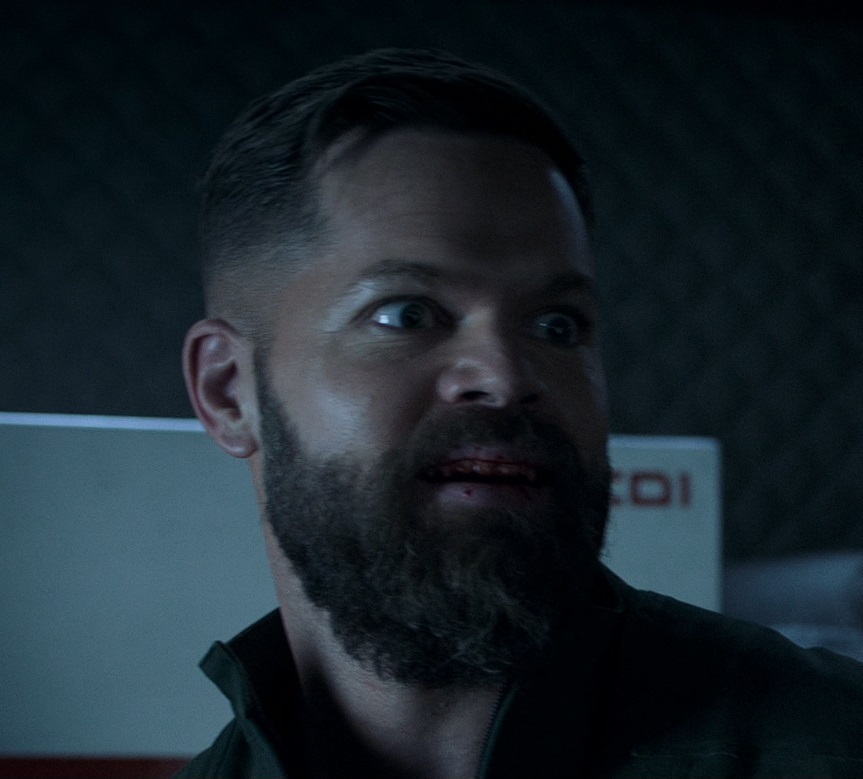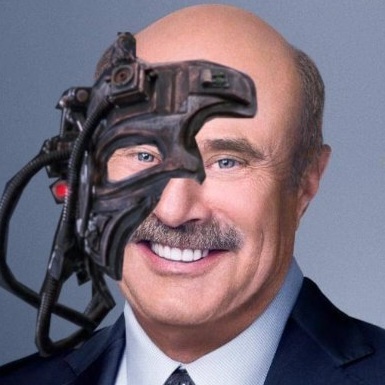- cross-posted to:
- astronomy@mander.xyz
- cross-posted to:
- astronomy@mander.xyz
The third option, radiation damage to the plates, sounds the most plausible to me.
It would pre-expose the plate in the same manner as a double exposure in a roll of film so the “stars” would have already been on the plate before use.
We could point the JWST at it just to be sure though.
the ones that went “missing” look different than the rest of the stars too. Too bright and chunky in my opinion
The article says it happened many times back in those days and this is just one example. If modern scopes and AI haven’t seen anything like this then I’m quite confident that it was a problem with their tooling back then, with radioactive dust being the top contender.
Well that’s a lot less terrifying than the possibility of a multi-star-destroying dark forest attack.
Bro you’d need at least K3 to do that and the IR signature would be all over the place. Why would you paint a target like that SMH
A relatively low-tier K2 civilisation could almost certainly do it, but why the fluctuation in the IR signature rather than a more steady “shadow” indicative of a more consistent harvesting/drain?
I mean the dark forest strike that destroyed (Three body problem trilogy heavy spoilers) >!Trisolaris only took out one of the three stars, destroying all 3 is inefficient which goes against all the rules of a dark forest strike.!<
More spoilers (though I’m pushing at the bounds of my memory here, so possible inaccuracy)…
!The attack on the three Trisolaran stars worked because it was a trinary system, and that was sufficient to destroy the civilisation. In the case of 3 standalone star systems (what I assume is the case here), the destruction of one star is unlikely to eliminate the residual threat of the remaining systems, and gives them motivation to develop deterrent, defensive, or offensive capabilities. The first priority of the attack is to destroy the civilisation (presumably because they’re a would-be threat). Efficiency is a secondary concern. A single-system attack on a multi-system civilisation gives no assurance.!<
From what I recall (I may also be wrong) they used a (heavy spoilers for three body problem trilogy) >!photoid to destroy only one of the three stars that Trisolaris was orbiting because there was no where the Trisolarans could hide considering that was the only planet in their system. A dark forest strike using a dual vector foil was used against the solar system due to the presence of “blind spots” which I took as a reference to our nine planet system as opposed to the one planet system of Trisolaris. We had giant, distant gas giants we could hide behind to shield ourselves from a photoid strike whereas Trisolaris was a solitary planet with no where to hide.!<
But yeah if >!the three stars were far enough away to have their own separate planetary systems then you would absolutely need three separate dark forest strikes to ensure you got rid of all potential civilizations. But what I got from the Three Body Problem trilogy is that a dark forest strike is meant to be as efficient and low cost as possible, if one photoid could destroy all life in the system then that’s what they would do, but if there was a concern that they could potentially survive a simple photoid strike then they would use something more advanced like a dual vector foil to ensure there were no survivors that could try and take revenge. If the systems were far enough apart then they would absolutely strike all the systems separately as opposed to half assing it, but the Singer chapter made it pretty clear to me that efficiency and low effort was key to a dark forest strike.!<
That’s just my opinion and what I got out of the books though :)
Edit to add - I think we both agree with each other, I’m just happy to run into another fan of TBP trilogy, some of the greatest books out there besides The Expanse ;)
Likewise!
Yeah - I think we more or less agree… I’ve loved watching The Expanse, but haven’t gotten around to reading it yet - though I’m keen… This might just be the nudge I need - thank you!
Bro don’t scare me like that!
The question is: On how many observations before 1952 could these three stars be identified? Could the platter of 08:52 simply be contaminated?
Didn’t realize they had pixelated photos in 1952…
If you find that interesting, the history of pixels and computer displays gles far back.
They had pen touch displays all the way back in 1946, it’s actually pretty interesting how long some of the tech that exploded in the mid 2000s has actually been around.
https://computerhistory.org/blog/the-true-history-of-the-pixel/
The public library in my town when I was a kid in the 80s replaced their card catalog with a touchscreen computer system. It barely worked, sometimes you had to press below where you were supposed to press, but the idea was cool.
That was a super interesting little dive thank you.
Did they try retracing their steps?
Did they turn it off and on again in '52?
Failing that, just ask one of their mothers.
Anyone else get the X-files theme in their head after reading that title?
Just read the article, my money’s on radioactive dust.
Spooky
Only because of the way it’s written up. Writing an article about instrument failure isn’t as appealing to a large audience. Even though there are a lot of people who do find that kind of stuff very interesting.
Maybe the instruments don’t want us to see those stars.
I can guarantee they don’t want that. They don’t want anything at all.
Maybe that’s what they want you to think.
Bug in software. They were removed by garbage collector even though their reference can still be accessed. Hence render inconsistency.
I guess they went to spend their holidays in Andromeda or something.












